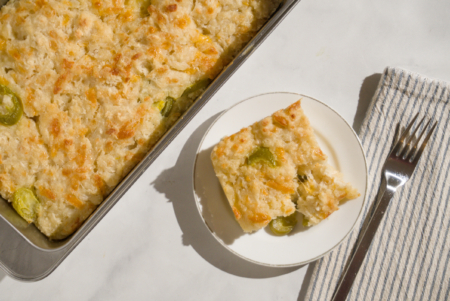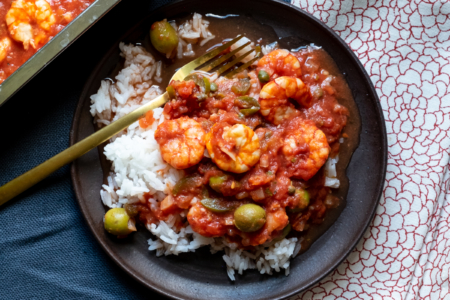Millet is a unique grain found throughout the world and used in a multitude of dishes. A member of the grass family, millet is an ancient grain consumed by humans and animals. We love millet for its unique texture and flavor. In this article we explore the many ways to utilize this delicious grain.
History of Millet
It is purported that millet has been consumed by humans for thousands of years. There are different types of millet found all over the globe. Some of the most common varieties include pearl millet, foxtail millet, proso millet, and sorghum, which is part of the subfamily of millets. Archaeological evidence suggests that millet was more widely consumed than rice in China, Korea, and India during prehistoric times. Millet grows especially well in arid conditions, which may help to explain its widespread use.
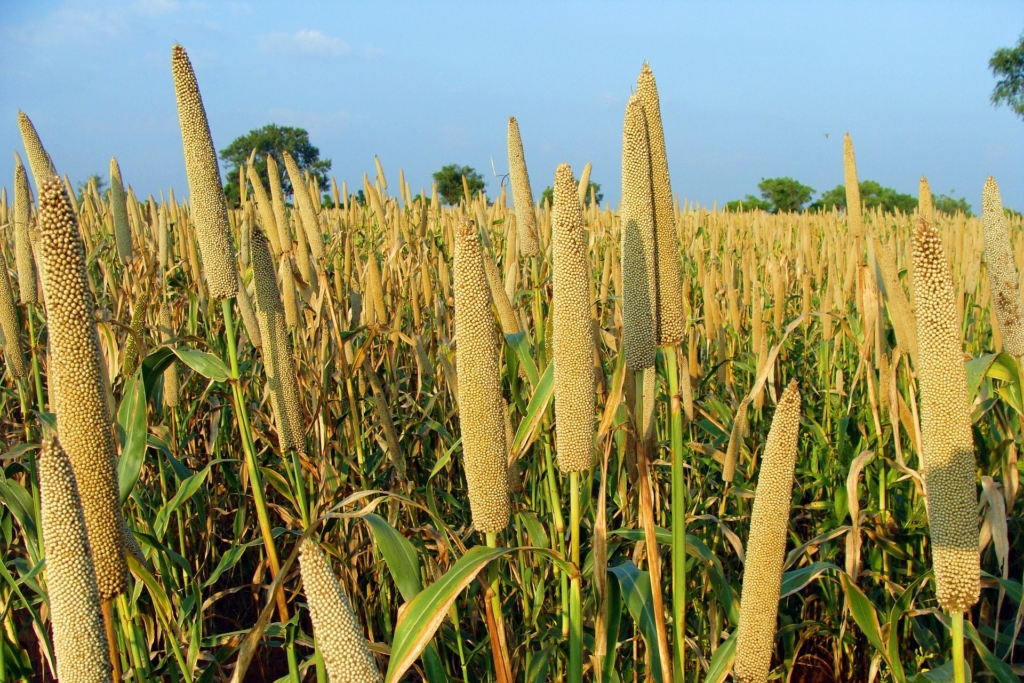
Flavor of Millet
Millet is a small round grain that is pale white to yellow in color. Millet can be steamed, stewed, boiled, baked, puffed, ground into flour, or fermented into beverages. Millet porridge is popular in many parts of the world including China, Russia, and Germany where it can be served sweet or savory. In India, millet flour is mixed with sorghum to make roti. Millet is a versatile grain because it is gluten free, making it an ideal grain substitute for people with celiac disease or gluten intolerances.
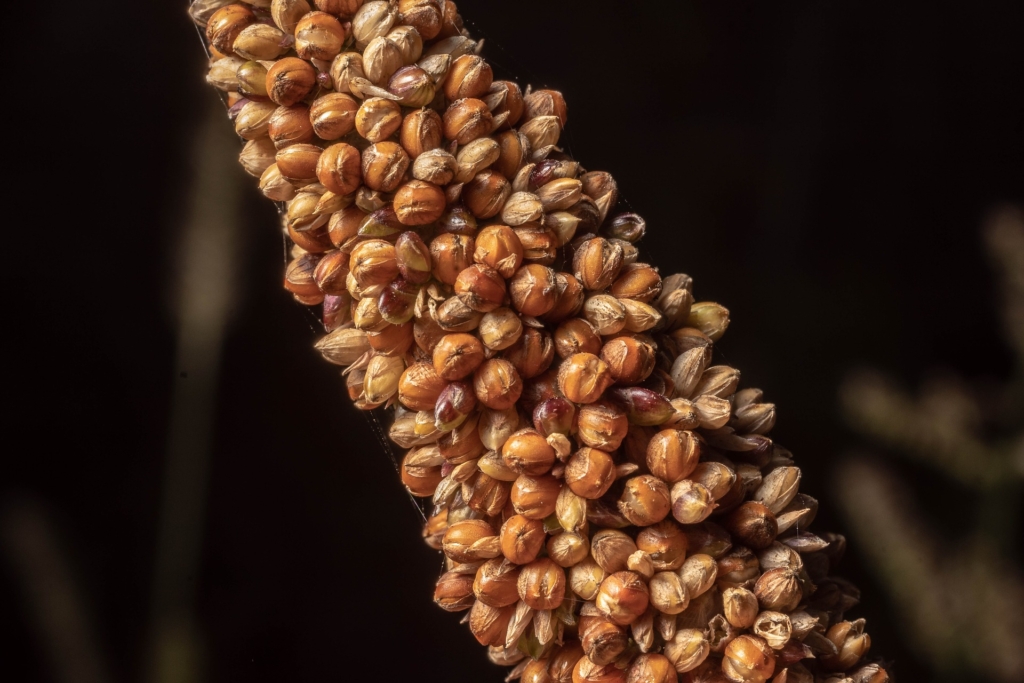
Cooking with Millet
Millet is easy to cook and versatile to use. Bring 1 part millet and 2 parts water to a boil in a saucepan over high heat. Reduce heat to a simmer, cover, and cook for 15 minutes or until the millet has absorbed most of the water. Remove from heat and let sit for 10 minutes. Fluff millet and then serve with the seasonings of your choice.
You can substitute millet for a variety of grains. Try swapping millet out for quinoa in our recipe for Green Chili Black Bean Loaded Sweet Potatoes or in our Mediterranean Grain Bowl. You can make our Chicken and Tomato Stew gluten free by replacing the farro with millet. Fancy a gluten free tabbouleh? Millet’s small size makes it the perfect replacement for couscous in our Tabbouleh Salad recipe.
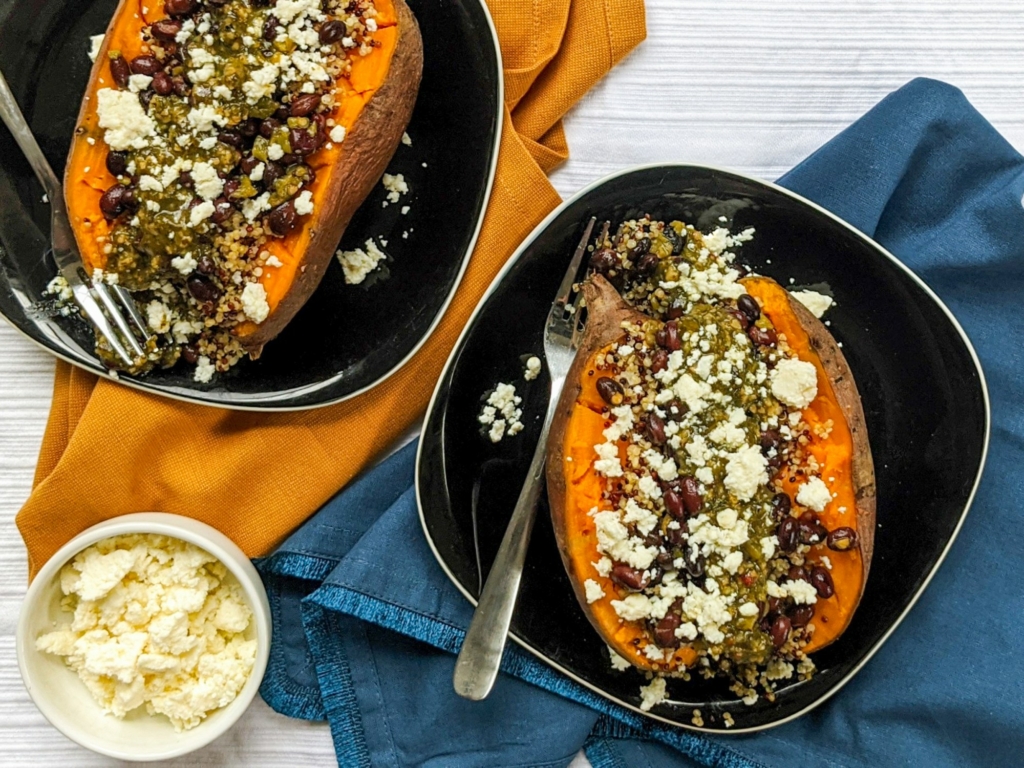
Feature Image: Martin Hetto from Pixabay

